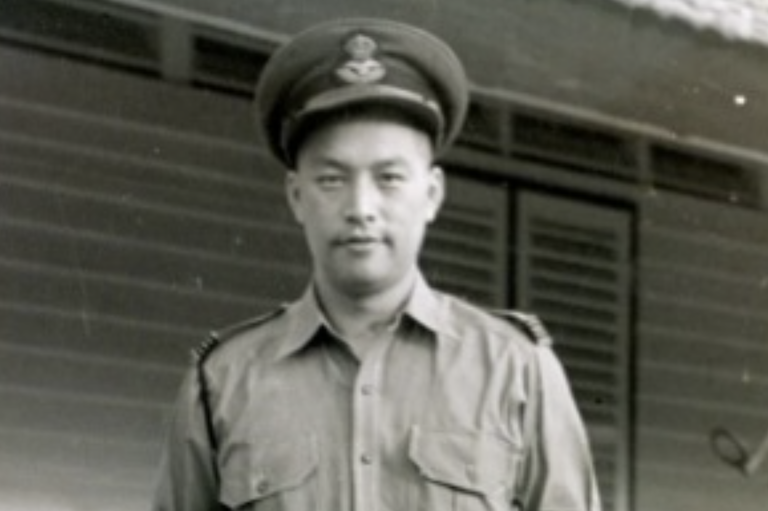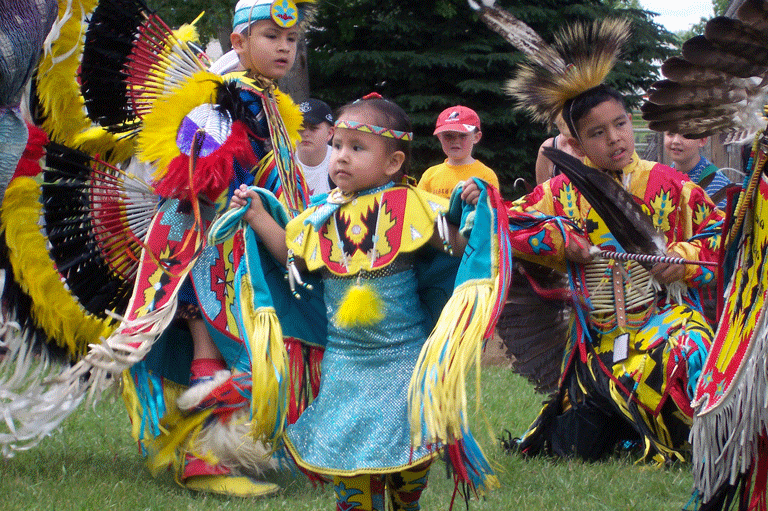Preparing for Difficult Conversations
OVERVIEW
In this lesson, students will assess their knowledge of the Residential School system and the ongoing investigations related to students who died while attending Residential Schools. Discussion time will provide an opportunity to fill in gaps in knowledge and address misconceptions. A reflection activity will give students the time, language and permission to express their emotional reactions to the legacy of the schools. The lesson will conclude with an invitation for students to take the energy of their emotions and find ways to channel it into actions toward reconciliation.
BACKGROUND
In May of 2021, much of Canada was shocked to hear that the location of more than 200 unmarked graves had been identified at the site of the former Kamloops Indian Residential School. For many Survivors and their descendants, this was not new information. The final report of the Truth and Reconciliation Commission (TRC) in 2015 noted that thousands of children disappeared while enrolled in Residential Schools.
The TRC’s 94 Calls to Action clearly state that our modern education systems are an integral part of reconciliation. Educators must find age-appropriate ways to decolonize the history and the current events we teach in our classrooms.
Canadian classrooms are diverse, and Indigenous and non-Indigenous students (and teachers) will approach this content with different levels of knowledge about Canada’s past, different cultural expectations about how to express emotions, and different proficiency in processing and discussing difficult topics. For teachers to proceed in an effective and sensitive way requires them to take some time to reflect on, and possibly expand, their own knowledge, as well as discerning where their class stands in their understanding of the content.
ACTIVITIES
Step 1. What do we know?
Option A: For younger learners or classrooms with little to no knowledge of Residential Schools:
Start the conversation by distributing cards with the following words on them. Encourage students to share what they know about these words. Students can also describe whether they think a word relates to something positive or something negative.
| RELATIONSHIP | RESIDENTIAL | BROKEN |
| INTERGENERATIONAL | TRAUMA | INDIGENOUS |
| GOVERNMENT | CHURCHES | LANGUAGE |
| MISSING | RECONCILIATION | SCHOOL |
| TRADITIONAL | FAMILY | CULTURE |
Discuss the responses that come forward and record the students’ thoughts on the board. Tell the students that all these words relate to a piece of Canada’s history and allow time for students to share their ideas/knowledge about what that might be.
Option B: For students with some background knowledge of the Residential School system:
Start with asking the students to share what they know about the Residential School system. Record key words and phrases on the board.
Step 2. What more can we learn?
Read an age-appropriate story about the Residential School system. Note: It is good to be prepared with a few options if it is likely that your students have heard some of the stories before. Rereading a story is always an option but sharing accounts from different authors helps to increase awareness of the scope of the tragedy.
Author David A. Robertson created a list of books by Indigenous authors, including some of the following recommendations:
Primary School (ages 4+)
Shi-shi-etko and Shin-chi’s Canoe by Nicola I. Campbell
Phyllis’s Orange Shirt by Phyllis Webstad
When We Were Alone by David A. Robertson
Middle School (ages 7+)
Fatty Legs by Christy Jordan-Fenton and Margaret Pokiak-Fenton
The Orange Shirt Story: the True Story of Orange Shirt Day by Phyllis Webstad
I Am Not a Number by Jenny Kay Dupuis and Kathy Kacer
High School (ages 14+)
Indian Horse by Richard Wagamese
Seven Fallen Feathers by Tanya Talaga
Sugar Falls by David A. Robertson
Once you feel the students are prepared, share the information that, since 2021, there have been announcements from several First Nations communities of unmarked graves at the sites of some of the former Residential Schools. Remind your class that many Residential School Survivors have shared stories about children who went missing from the schools. Many of these stories were documented as part of the Truth and Reconciliation Commission’s important statement-gathering work from 2008-2015. As of September 2022, the National Centre for Truth and Reconciliation has documented more than 4,000 students who died while attending Residential Schools, with expectations that the total number of children who died is higher. It is important to note that this number only includes schools that were funded by the federal government and part of the Indian Residential Schools Settlement. It does not include day schools or other similar institutions that First Nations, Métis and Inuit children were forced to attend.
Step 3. What’s our reaction?
Share and read together a copy of the article, “The Sacred Fire is Lit,” by Nicola Campbell, which starts on page 4 of Remembering the Children.
Invite the students to share their own emotions as they hear the story. Accept all emotions shared. Where appropriate, ask students to “say a little bit more about that.” If necessary, remind the group that we all cope with things in our own way and there are no “wrong” answers. Make a word splash of all the emotions shared.
Next, invite the students to consider how other people hearing about this part of Canada’s history might have felt when they heard the news. Consider Survivors, descendants of Survivors and people who worked in the schools, government officials, people who belong to the church communities, newcomers, people in other countries, etc. It is important here to approach this as an exercise in developing empathy and not as a way to give students permission to speak for others or as a way to justify Residential Schools. Add any new emotions to the list.
Individually, have the students make an abstract illustration of one of the emotions discussed. Work as a group to compile the individual student images into one art piece. Collectively add a title to the collage and put it on display for your community.
Step 4. What’s our response?
Learning to identify our own perspective, and to empathize with others’ perspectives, is useful in and of itself. However, more is required of us if we are to move together towards reconciliation. Students need to be given the opportunity to pour the energy of their emotions — especially negative emotions like anger, sadness or shame — into efforts to find solutions. If we don’t take the discussion to this point, we risk leaving students feeling overwhelmed and powerless.
Be prepared with some examples of what is being done to address the legacy of the Residential School system. Create a class list of things they as individuals or as a class can do to work towards reconciliation between Canada’s Indigenous and non-Indigenous communities. For inspiration, you can share the article, “Making Reconciliation Real,” by Lisa Jane Smith starting on page 26 of Remembering the Children, which features winning submissions to the National Centre for Truth and Reconciliation’s “Imagine a Canada” program.
EXPANSIONS
- Have students choose one aspect of Residential Schools (loss of language, poor nutrition or separation from family, for example) and write a short reflection.
- Write a letter to elected officials (have students determine which official would be most appropriate) with an idea on how to advance reconciliation in their community.
- Select one of the 94 Calls to Action and track its progress.
- Invite an Indigenous Elder or a Residential School Survivor to share their voice and answer questions from the class. Be sure to research appropriate protocols.
- Become involved with an ongoing project or organization (Project of Heart, the Legacy Schools program of The Gord Downie & Chanie Wenjack Fund, First Nations Child and Family Caring Society programs, for example).
Themes associated with this article
Advertisement




